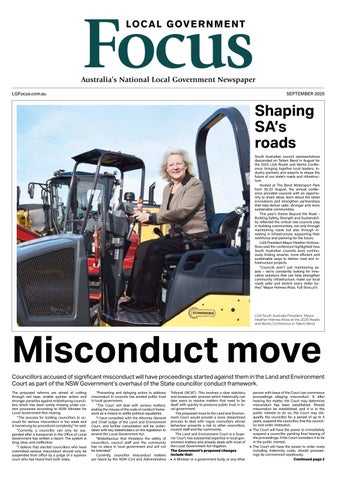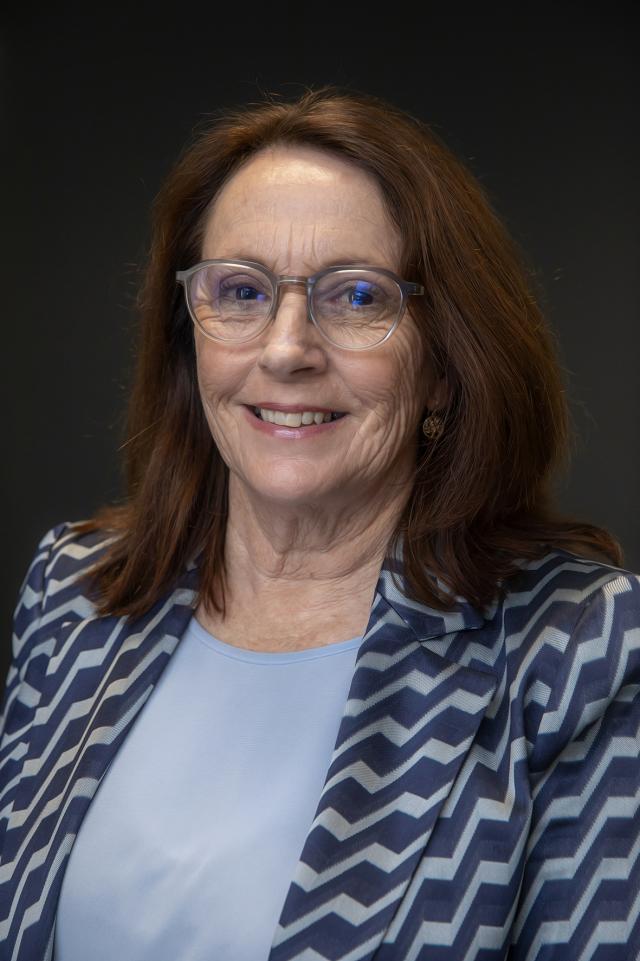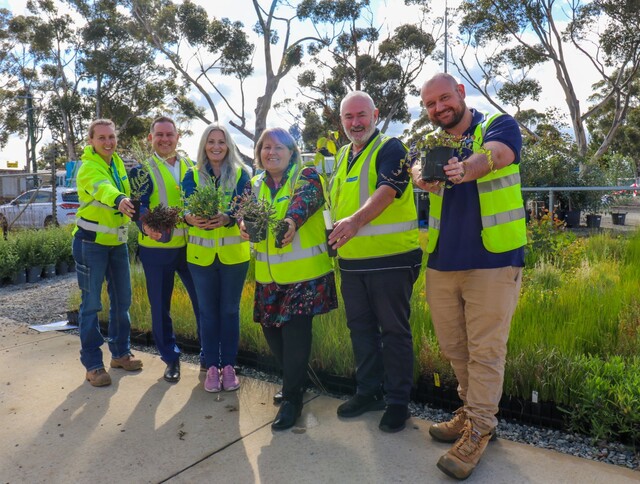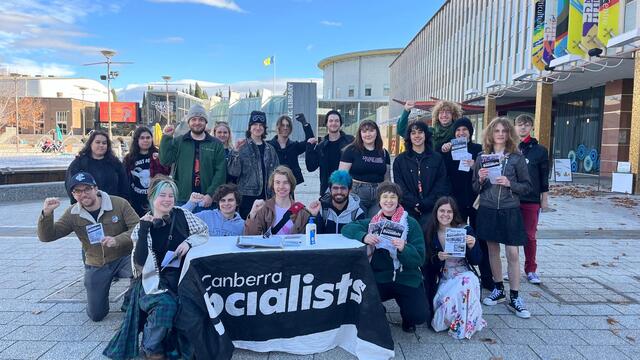In March 2003, there were 172 councils in New South Wales. As of 15 September 2004 there are now 152 councils, a reduction of 12 per cent. Speaking recently at the Local Government Managers Australia – NSW Annual Conference, Local Government Minister, Tony Kelly, said that the structural reform process has progressed faster than the Government had expected.
With Local Government in NSW being a $6 billion industry, the reform process aims to improve service delivery and reduce financial pressures on councils.
“This reform agenda is much more than changing lines on maps,” the Minister said. “Seventy councils are now part of strategic alliances involving resource sharing.”
In July 2003, to kick the reform process off, the Minister wrote to all councils in the State outlining various challenges facing Local Government and asking councils to submit to the Department of Local Government their proposals for structural reform.
In September 2003, the State Government announced its Local Government Reform Program with funding for two years. As part of this, the Government facilitated Regional Reviews as an extra provision for community consultation, allowing overlapping proposals from Councils to be widely canvassed across affected communities.
Conducted by an independent facilitator, six Regional Reviews resulted in 62 meetings and 1,217 submissions. A total of 17 proposals were then referred to the Boundaries Commission.As a result, between February and September this year, the New South Wales Government has created 22 new Councils involving boundary changes for some 43 councils.
Other councils are still considering boundary changes and possible mergers.
To ensure the reform process would not result in job losses, the NSW Government has taken a number of steps, including a three year protection placed on all non senior jobs following an amalgamation. As part of the reform process, the Department of Local Government has recently employed five additional investigators to undertake further investigations and monitoring of Councils on a programmed and regional basis.
Also under the Local Government Amendment (Discipline) Bill 2004 currently before Parliament, councillors face the prospect of being ‘sin-binned’ for conflict and misbehaviour. Minister Kelly said that the Bill sets out that suspension would only apply in extreme cases such as sexual harassment, disrupting meetings, pressuring council staff and misusing power to expel other councillors.
NSW Local Government President, Councillor Doctor Sara Murray, said Local Government had mixed feelings about these ‘policing’ reforms. She said most councils felt they were doing well, but the State Government was disciplining the sector.
To support its drive for reform, the State Government published a listing of the number of complaints against NSW Local Governments. Councillor Murray argues that the State Government’s published annual list of complaints against Local Government is unfair because it does not detail the nature of the complaints or what action had been taken. She believes the list is a means for the State Government to keep Local Government down. No such listing exists for State Government departments.
Recently released research by the Local Government and Shires Associations found that the State Government is the least trusted of Australia’s three levels of government.







